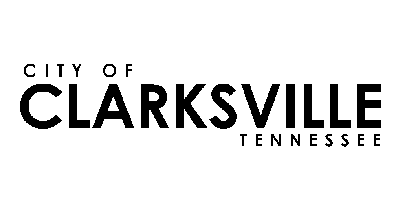-
Description
-
GENERAL STATEMENT OF JOB This is the first of three levels in the Information Technology - Applications series. Incumbents modify and maintain the programming code for existing assigned systems. Responsibilities may include resolving application errors by correcting or altering an application's programming; developing new reporting functions; and installing and testing upgrades and patches.
-
Example of Duties
-
SPECIFIC DUTIES AND RESPONSIBILITIES
Essential Functions:
Tests and modifies application projects and maintenance requests, which includes testing programs; communicating with end-users and gathering information to ensure understanding of requirements; identifying program and application problems and recommending solutions; performing maintenance to systems; correcting or altering application programming; and/or performing related activities. Upgrades, installs, and tests new applications, upgrades, and system patches. Develops new reporting functions as directed. Prepares, maintains, updates, and reviews a variety of operational records and reports. Performs other related work as required.
-
Typical Qualifications
-
MINIMUM EDUCATION AND TRAINING
Education and Experience
High school diploma or GED equivalent. Two (2) years of programming experience. An equivalent combination of education and experience sufficient to perform the job's essential duties.
License and Certifications
-
Supplemental Information
-
MINIMUM QUALIFICATIONS AND STANDARDS REQUIRED Knowledge, Skills, and Abilities: Knowledge of:
Applicable applications and software systems. System and application modification principles. Applicable programming language. Customer service principles. Recordkeeping principles. Computers and related software applications.
Skill in:
Reviews systems and user requirements. Modifying computer applications. Troubleshooting and repairing applications and software systems. Providing end-user support. Communicating technical information to a non-technical audience. Maintaining operational records. Using a computer and related software applications. Communication, interpersonal skills as applied to interaction with coworkers, supervisor, the public, etc. sufficient to exchange or convey information and to receive work direction.
Physical Requirements: The work is sedentary work which requires exerting up to 10 pounds of force occasionally and/or negligible amount of force frequently or constantly to lift, carry, push, pull or otherwise move objects, including the human body. Additionally, the following physical abilities are required:
Feeling: Perceiving attributes of objects, such as size, shape, temperature, or texture by touching with skin, particularly that of fingertips. Fingering: Picking, pinching, typing, or otherwise working, primarily with fingers rather than with the whole hand as in handling. Grasping: Applying pressure to an object with the fingers and palm. Handling: Picking, holding, or otherwise working, primarily with the whole hand. Hearing: Perceiving the nature of sounds at normal speaking levels with or without correction. Ability to receive detailed information through oral communication, and to make the discrimination sound. Kneeling: Bending legs at knee to come to a rest on knee or knees. Lifting: Raising objects from a lower to a higher position or moving objects horizontally from position-to-position. It occurs to a considerable degree and requires substantial use of upper extremities and back muscles. Mental Acuity: Making rational decisions through sound logic and deductive processes. Pulling: Using upper extremities to exert force to draw, haul or tug objects in a sustained motion. Pushing: Using upper extremities to press against something steady to thrust forward, downward, or outward. Reaching: Extending hand(s) and arm(s) in any direction. Repetitive Motion: Substantial movements (motions) of the wrist, hands, and/or fingers. Speaking: Expressing or exchanging ideas by means of the spoken word including the ability to convey detailed or important spoken instructions to other workers accurately and concisely. Standing: Particularly for sustained periods of time. Stooping: Bending body downward and forward by bending spine at the waist. It occurs to a considerable degree and requires full motion of the lower extremities and back muscles. Talking: Expressing or exchanging ideas by means of the spoken word including those activities in which they must convey detailed or important spoken instructions to other workers accurately, loudly, or quickly. Visual ability 1: sufficient to perform an activity like preparing and analyzing data and figures; transcribing; viewing a computer terminal; and/or extensive reading. Visual ability 4: sufficient to operate motor vehicles and/or heavy equipment, both day and night. Walking: Moving about on foot to accomplish tasks, particularly for long distances or move from one work site to another.
|
 City of Clarksville
City of Clarksville $47,480.00 - $71,220.00 Annually
$47,480.00 - $71,220.00 Annually
 please see the city of clarksville's benefits page for applicable benefits information.
please see the city of clarksville's benefits page for applicable benefits information.


 May 12, 2025
May 12, 2025 
